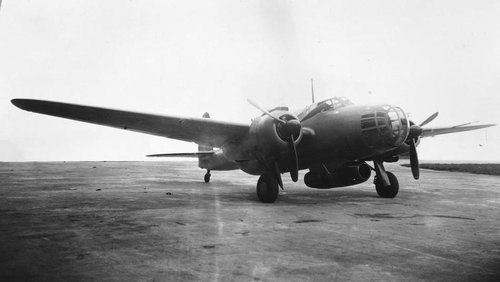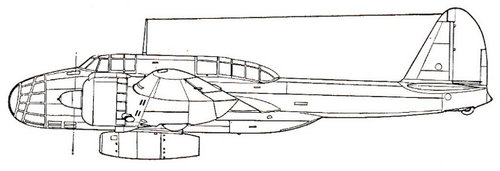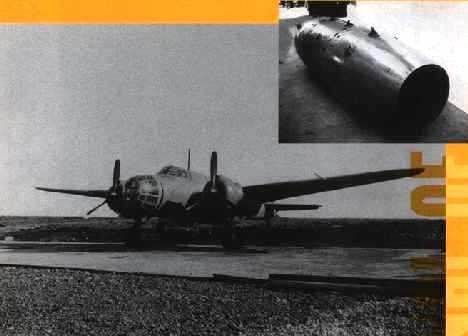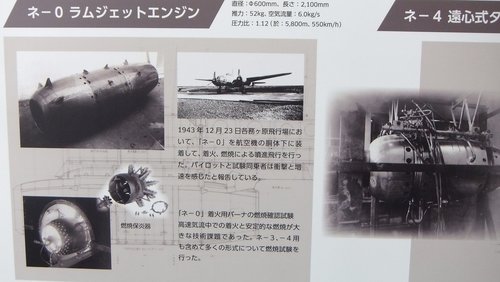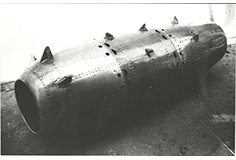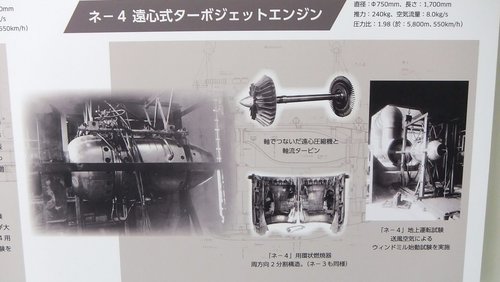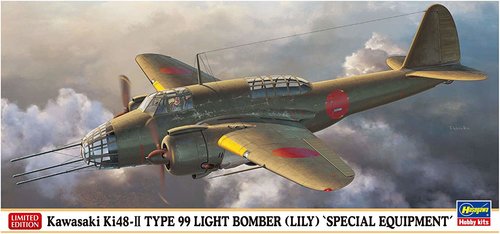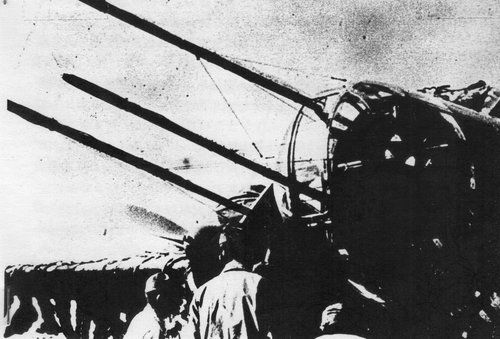In 1942, the development of some jet engines was started at the Second Army Institute of Aeronautics and Astronautics. Four auxiliary engines proposed by Kawasaki were Ne 1-4.
Ne-0 was produced for the purpose of basic technical research prior to those turbine jets.
The team, led by Assistant Engineer Sadasuke Hayashi, dispatched by Kawasaki decided to develop motor jets and turbojets for auxiliary engines in addition to the Ne101 motor jets and ne 201 turboprops for the main engines. Those were contra two-stage axial flow compressor type motor jet "Ne-1", one-stage centrifugal compressor motor jet "Ne-2", three-stage axial flow type compressor turbojet "Ne-3", and one-stage centrifugal compressor turbojet "Ne-4", and basic research ramjet "Ne-0".Those engines were prototyped simultaneously.
In about half a year, the work was done at a considerable speed that the drawing was generally completed, and Ne-0 was completed in November 1943, and in December, it was suspended on a bomb rack of type 99 twin-engine light bombers and carried out aerial operation. It is said that it flew several times afterwards and achieved the result tentatively.
It was left after the flight test, but it was handed over to Second Army Institute of Aeronautics and Astronautics. After the completion of the test of Ne-0, the emphasis of the research was placed on the two species of Ne-3 and Ne-4 out of the four species of Ne-1 to Ne-4, ground operation test by prototype was performed. However, all of these Kawasaki jet engines were suspended due to the production arrangement of 1944, and by the end of the war, they had not been able to conduct aerial tests.
Source : Japanese net site
 www.gtsj.org
And usual one.
www.gtsj.org
And usual one.
